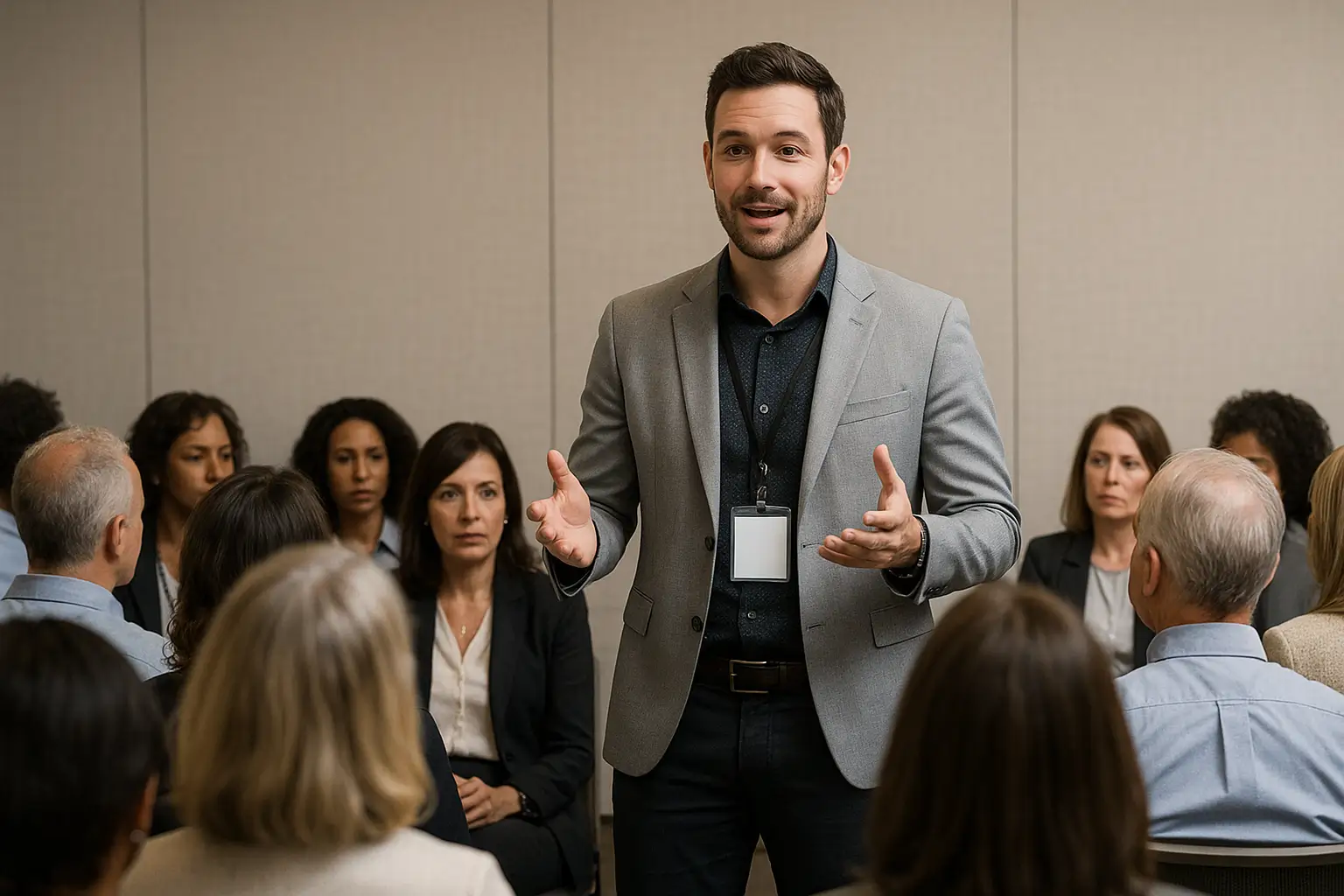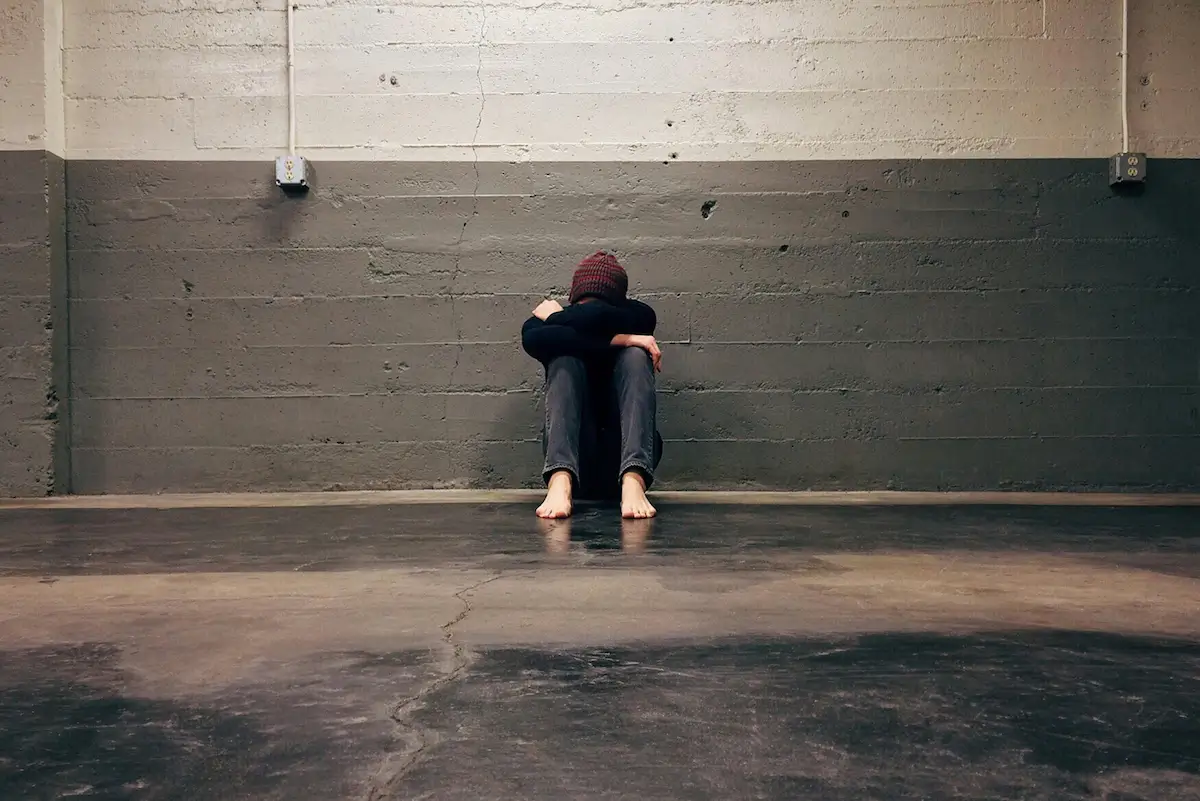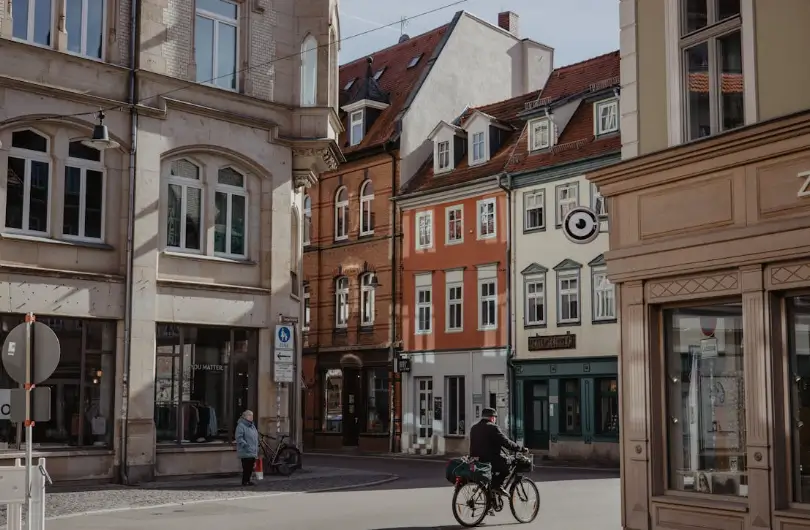How to Talk About Zoning Without Losing the Room: A Communication Guide for Planners
There you are, standing before the City Plan Board and in front of an agry group of people, expounding on the facts and findings pertaining to the latest and controverssial rezoning request. In your mind, what's coming out of your mouth makes perfect sense. How could anyone have any issues with your solid and sound analysis and reasoning. As you finish with your "thank you" slide you look at their faces and you see it. That blank stare, that inmovable expression that says "what the heck did you just say". The questions that followed only served to solidify your conclusion...they were not paying attention.
Or were they?
Could it be possible that the bridge between your language and their comprehension burned down somewhere along the beginning of your presentation with no engineers in sight?
It is possible, and let me tell you, planners burn many bridges with many people....often.
Zoning is one of the most important tools planners use. But try explaining it to the general public, and you’ll often get blank stares, crossed arms, or someone shouting in the background about traffic and parking. It’s not that people don’t care.
No, people care.
The problem is that we haven’t always been great at translating technical concepts into something that feels real or even human.
That’s a problem.
Especially when the future of housing, affordability, and climate resilience depends on public support for zoning reform. So how do we talk about zoning in a way that builds understanding instead of resistance?
Let’s break it down.
Ditch the Jargon (and the Acronyms)
We're planners. Jargon is like our second language with a heavy dose of acronyms to boot. It's one of the ways we tell our peers that we know what the heck we're talking about.
But the public are not our peers.
You might know what FAR, ADU, TOD, and form-based code mean. But most people don’t, and they shouldn’t have to.
Instead of starting with terms, start with people. Talk about the lived experience: the young couple who can’t find a place to rent in their hometown, the senior who wants to downsize, the teacher commuting 90 minutes because there’s nowhere affordable nearby. These are stories most people can relate to.
And once people have related and find themselves in the shoes of the stories you just told, then they will be more apt to at least listen to the change being proposed because now they know what you are talking about.
Tie those experiences to the change: "That’s why we’re looking at zoning that allows more options like duplexes and backyard homes."
Frame Density as Flexibility
Ah density. The scarlet letter of planning.
One of the fastest ways to lose a room is to say the word "density" without context. People hear "density" and picture traffic, crowded schools, or towers looming over their backyard.
Instead of leading with units per acre, lead with outcomes. Talk about how your proposal will create places for families to live near schools and jobs. How it will provide more housing choices for people at different life stages. Or how it will provide a stronger tax base to support public services.
Politicians are decision-makers, and they’re people too. They need to understand and see themselves in this just as much as their constituents. Talking about the tax base helps make that connection.
One key take a way though is that zoning is not about forcing change, rather it’s about making room for what communities actually need.
Use Images and Stories
"A picture is worth a thousand words". I'm sure you've heard this before. But don't underestamate the accuratcy and the power of this statement.
People are visual
Planning is visual
The tragedy is that we often rely too much on numbers and zoning maps. Don't get me wrong, these are also important. But a regular person is not going to have the time nor the will to force themselves through something they may or may not understand along with a presentation that may or may not make sense.
Show pictures.
Show the picture of a beautiful fourplex that fits into a neighborhood. Share a story of a family finally able to stay in their community because of a garage apartment. Show before and afters. Make it real.
If you can help people see it, they’re more likely to understand and support what you’re proposing.
A commisioner once approached me over a controversial item where votes were needed. He said "I would love to support this, but I need a story. Tell me a story" I did not understand that request until after the fateful commission meeting...were he voted against it. It's not that he could not see himself in the proposal, rather he could not see his constichuents seeing themselves in the proposal...and that was a very painful lesson for me and I hope to spare you from it.
Flip the Lens: From Restrictions to Possibilities
Zoning is often described in terms of what it doesn’t allow. No multifamily, no commercial, no fun.
Who likes the word "no" anyway? We're practically raised with a bitter hatred towards the word. So why keep rubbing this word unto people's faces and expect them to somehow be gracious about it?
No.
Instead, try flipping the frame. Don't focus on the "no" rather focus on "what could we build if we updated the code". Or "who could live here that currently can't". Or "what community needs are going unmet because of outdated rules'. This will not guarantee favor from the audience, but it will reframe the conversation and move it from fear to opportunity.
That's what we are offering, opportunity. So that's what our communications should focus on.
Stay Honest, Especially About Trade-Offs
People can handle complexity, more than what we give them credit for. However, they hate being misled. Think about it, do you like being lied to?
No.
Neither do non-planners.
If a proposed change might affect traffic, acknowledge it, then explain the trade-off: more people living near transit means fewer long car commutes.
The goal isn’t to win the argument, it’s to build trust and that starts with being transparent about what zoning can and can’t do.
Remember: Communication Is Planning Work
The American Planning Association (APA) and the American Institute of Certified Planners (AICP) emphasize the importance of informing the public about planning issues and decisions. In essence, they mandate that planners provide full, clear, and accurate information to the public, ensuring they have a meaningful opportunity to participate in the planning process. This includes making information accessible to those who may lack formal organization or influence.
Communicating with the public is one of our ethetical responsibilities. But too often, communication is treated like an add-on, something to deal with after the plan is written or the petition goes through.
But if people don’t understand what you’re doing or why it matters, even the best plans will sit on a shelf. Communication isn’t just outreach it’s part of our work, our profession, our ethos. We should live and breate communication because our success depends on it. And doing it well can mean the difference between stagnation and real, community-driven progress.
Body language: More than just words and pretty pictures
Our body language is some percentage of how we communicate. The fact is, before we even open our mouths or present our first slide, we are already communicating. and it's up to us to control the narrative our body is screaming. Are we going to let people know that what they are about to hear is a good thing? If you are excited about the opportunity for more people to live in more communities, or bringing services closer to where people live, or even the creation of more development flexibility in residential zones, then your body should start telling people that.
Don't walk up to the podium with a defeated posture and a "I don't want to be here" face. Rather focus on the positive impact your words are about to have. And even if the meeting goes south...public records will show how excited you were...and isn't that worth it?
The truth is, our work is exciting. We labor extensively to make our communities better. Sometimes, we fail at truly explaining our work. Sometimes, people simply don't like our work. But the fact is, our work matters. And because it matters, we should always be active, present, and ready.
So no slouching. No sad eyes. No frowns.
People should enjoy your presence even if they disagree with you.
Zoning may never be dinner party conversation. But when planners talk like people and center the real-life stories behind the code we’re a lot more likely to keep folks in the room. Or better yet: bring more people in.
If you foundthis article useful, check out "How to Survive a Public Meeting. A Planner's Guide."
%20(1200%20x%20237%20px)%20(300%20x%2059%20px).webp)


.webp)


